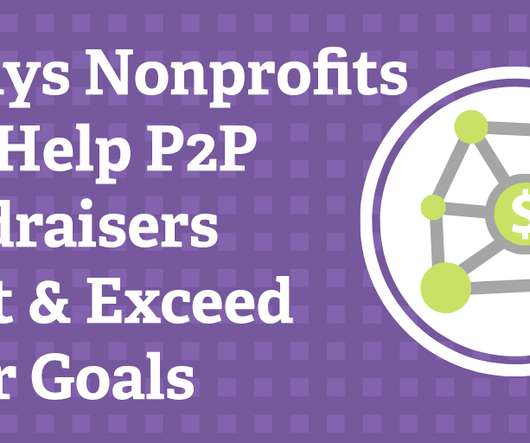What Chat-First Search Means for Nonprofits (Organic & Ad Grant Traffic)?
Whole Whale
MAY 3, 2023
As chatbots and voice assistants provide direct answers, people may not click through to content. While some voice searches for your organization’s name may decrease over time, improving your chatbot or voice experience can build new entry points and relationships. Navigational : Moderate risk of reduced traffic.
















Let's personalize your content